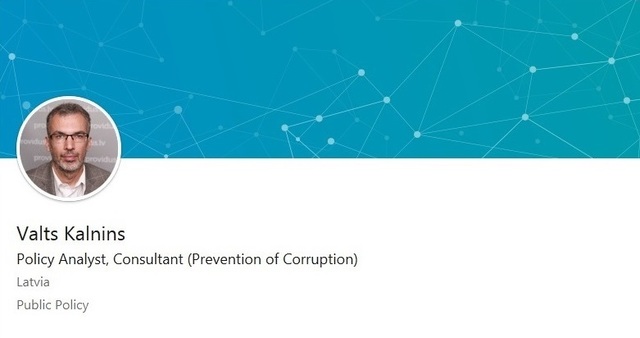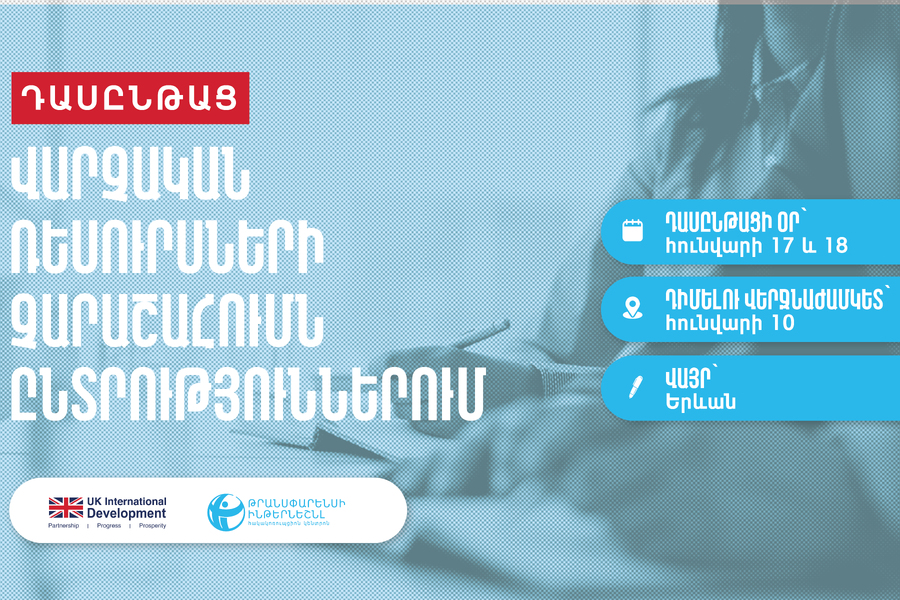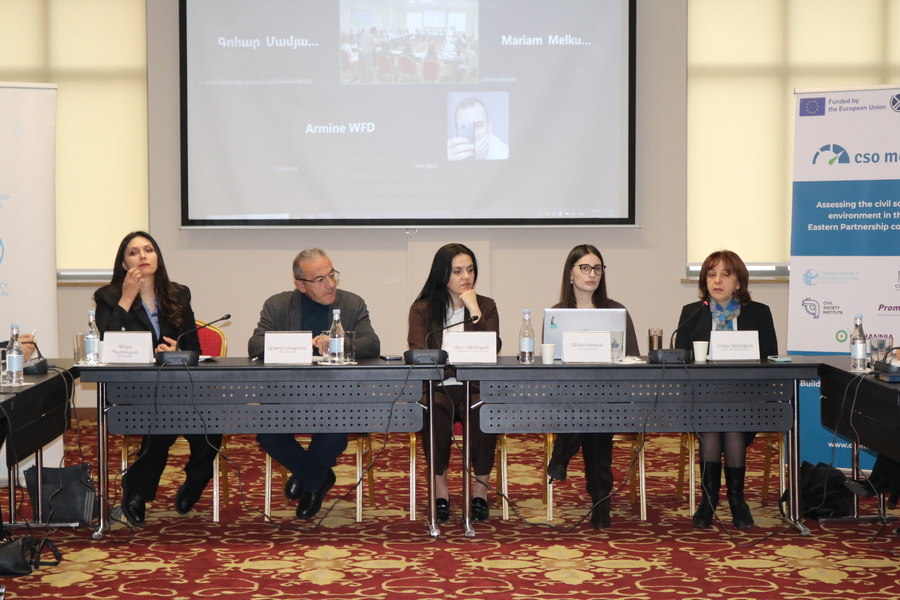Multi-purpose and Multiple Anti-Corruption Agencies: Considerations for Institutional Design
Drafted by Dr.Valts Kalniņš
This policy brief reviews trends, strengths and weaknesses associated with two models of anti-corruption agencies (ACAs) and principles for effective ACAs with a view to contribute to the debate about the future development of the institutional anti-corruption architecture in the Republic of Armenia.
The policy brief reflects
- Background
- Trends in Europe
- Strengths and weaknesses of the models
- Anti-corruption functions
- Principles for an effective ACA
- Factors and risks to be considered
- Involvement of civil society
Valts Kalnins is an Assistant Professor at the University of Latvia, with PhD in Political Science. He has 20 years of experience teaching academic courses on political corruption, lobbying, parliamentary government and political theory. For 14 years he worked as senior researcher at the Centre for Public Policy PROVIDUS in Riga, Latvia. Since 2004 he cooperates with OECD on issues related to integrity and anticorruption. He was involved in international projects in Armenia implemented by GIZ and the Council of Europe providing consultancy on public service ethics and declarations on assets and income. Since 2000 he is a member of Transparency International Latvia.
This policy brief was developed as a follow-up to stakeholder consultations held in Armenia within the frames of the Engaged Citizenry for Responsible Governance project implemented by Transparency International Anticorruption Center with support of the United States Agency for International Development (USAID). The contents of the brief are the sole responsibility of the author and do not necessarily reflect the views of USAID or the United States Government.







